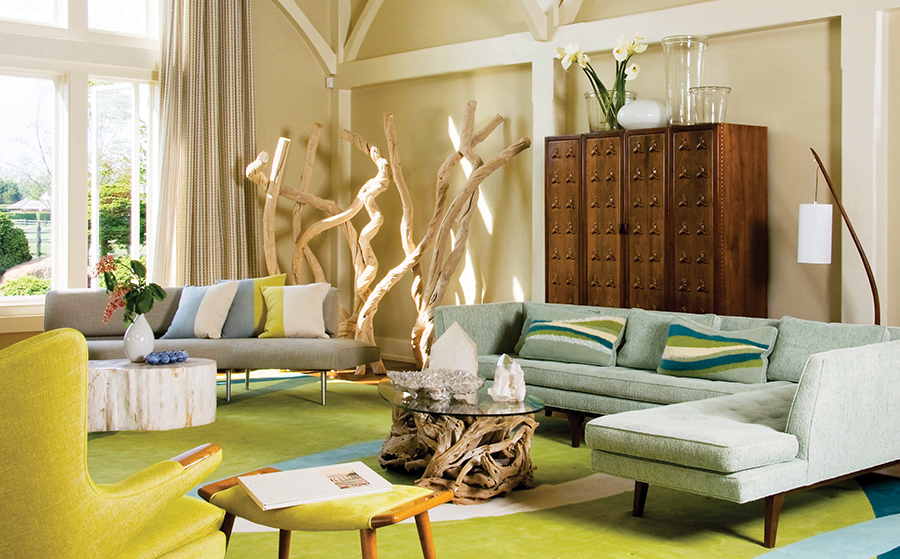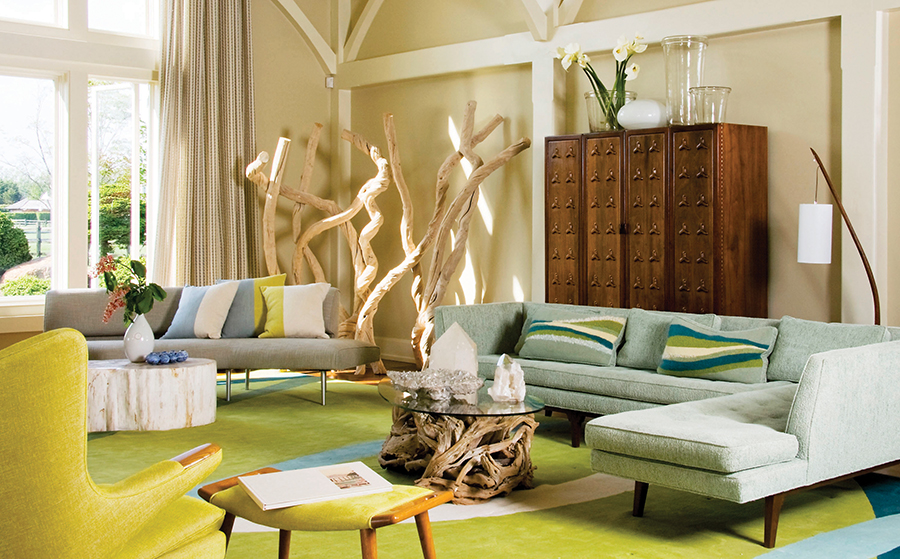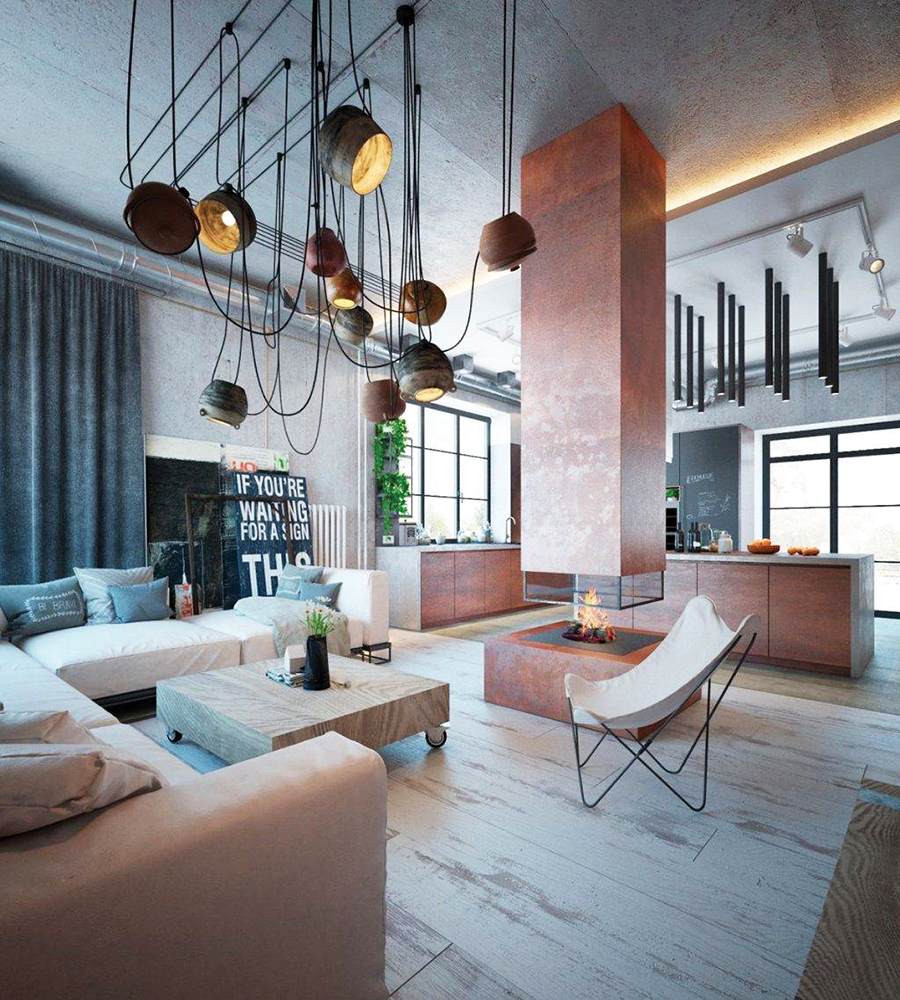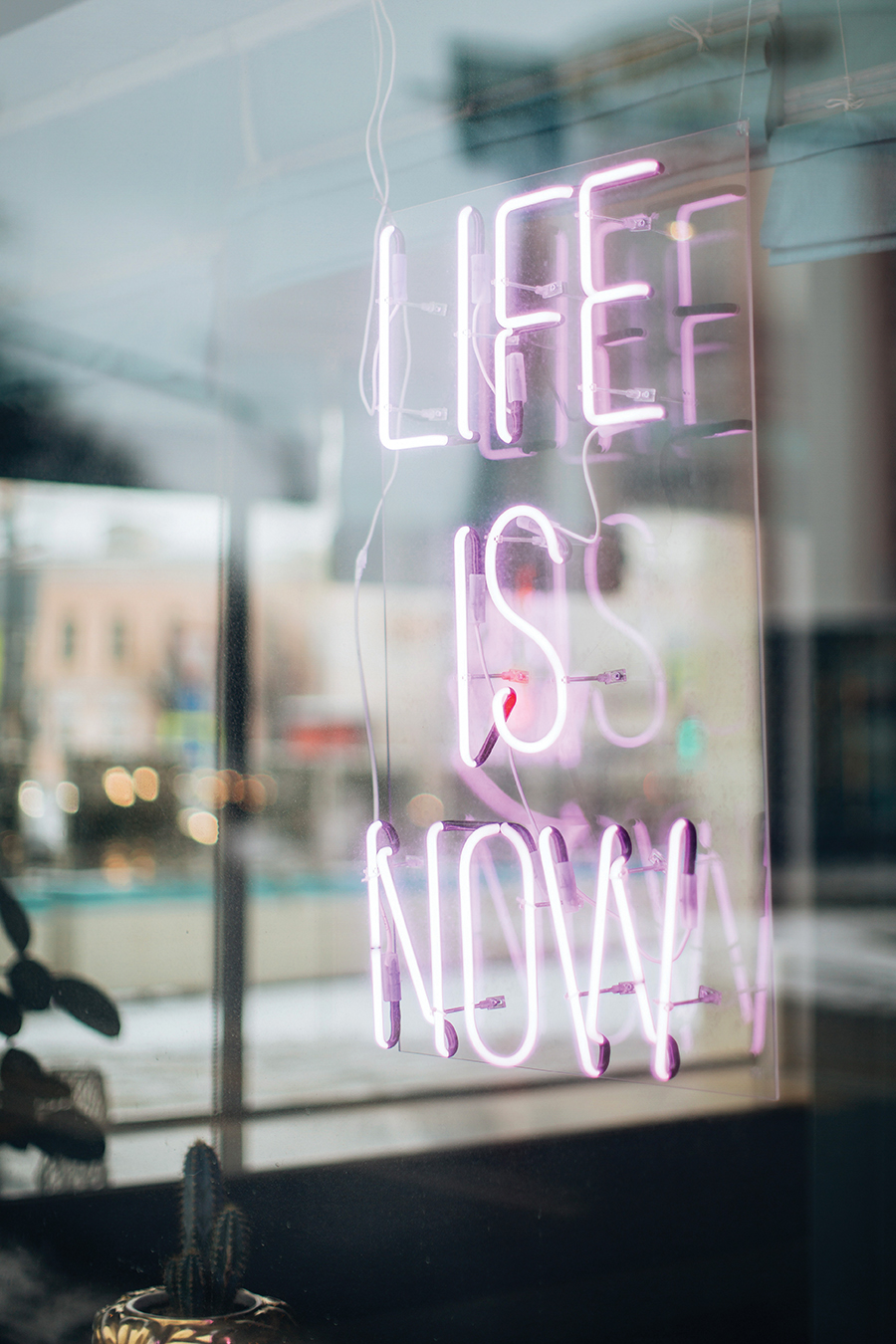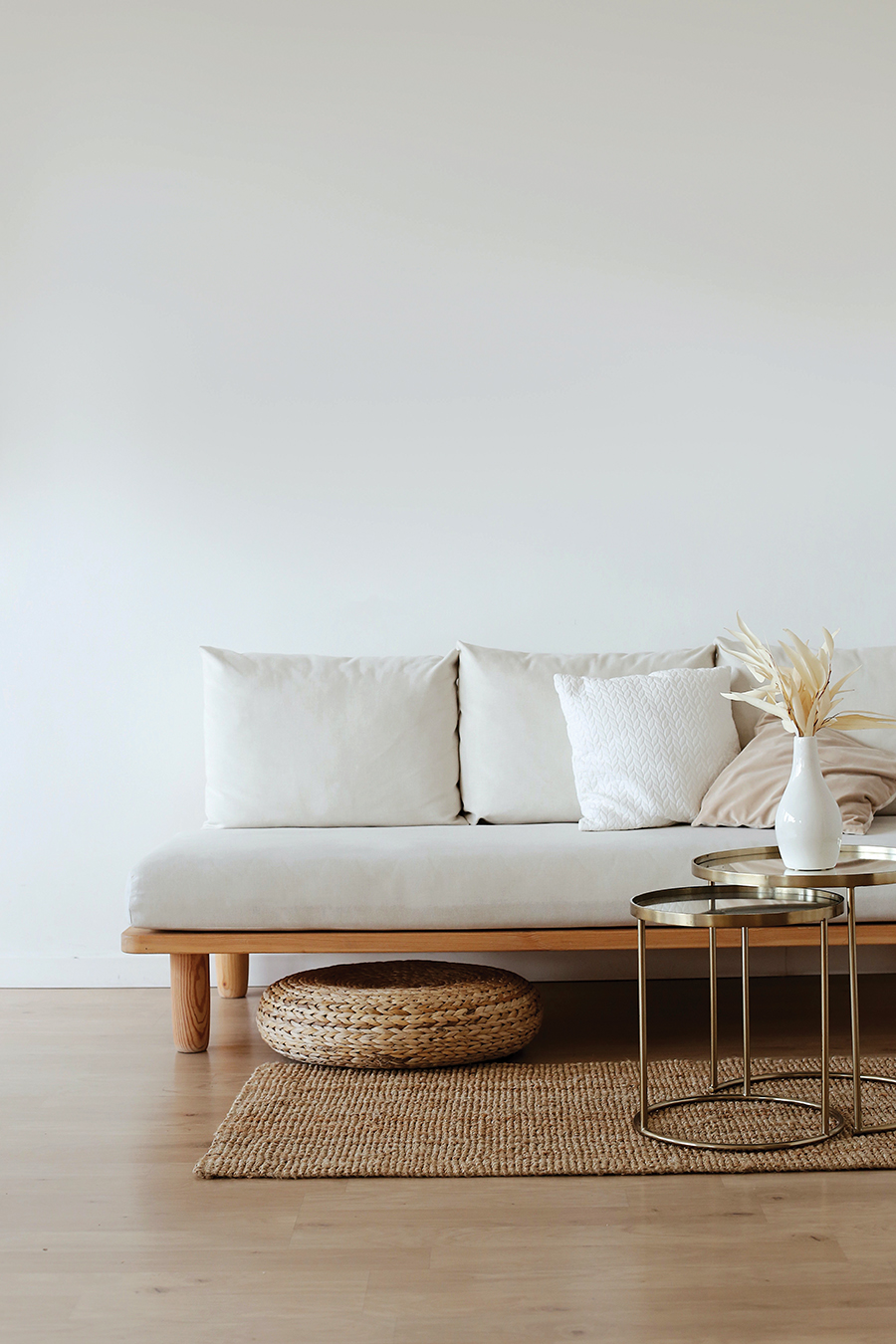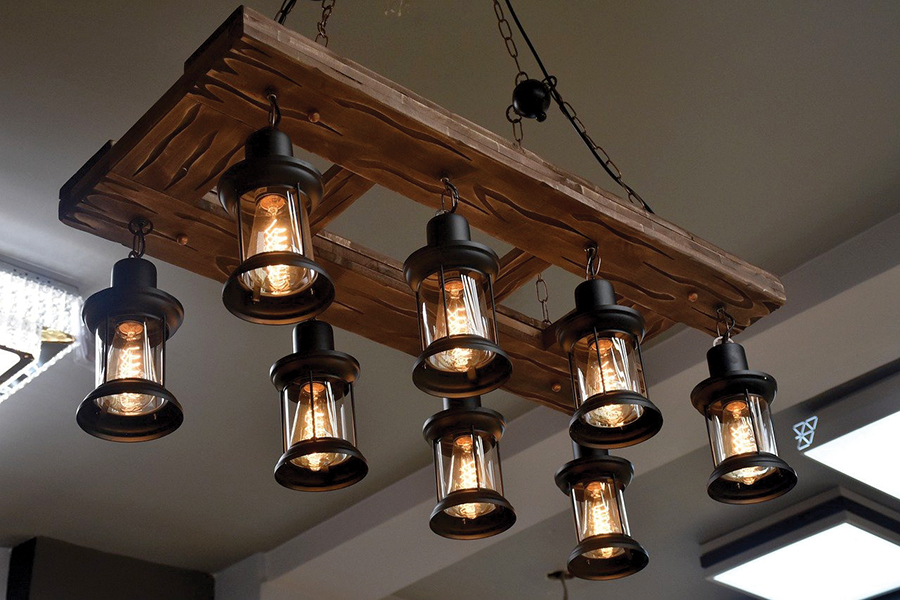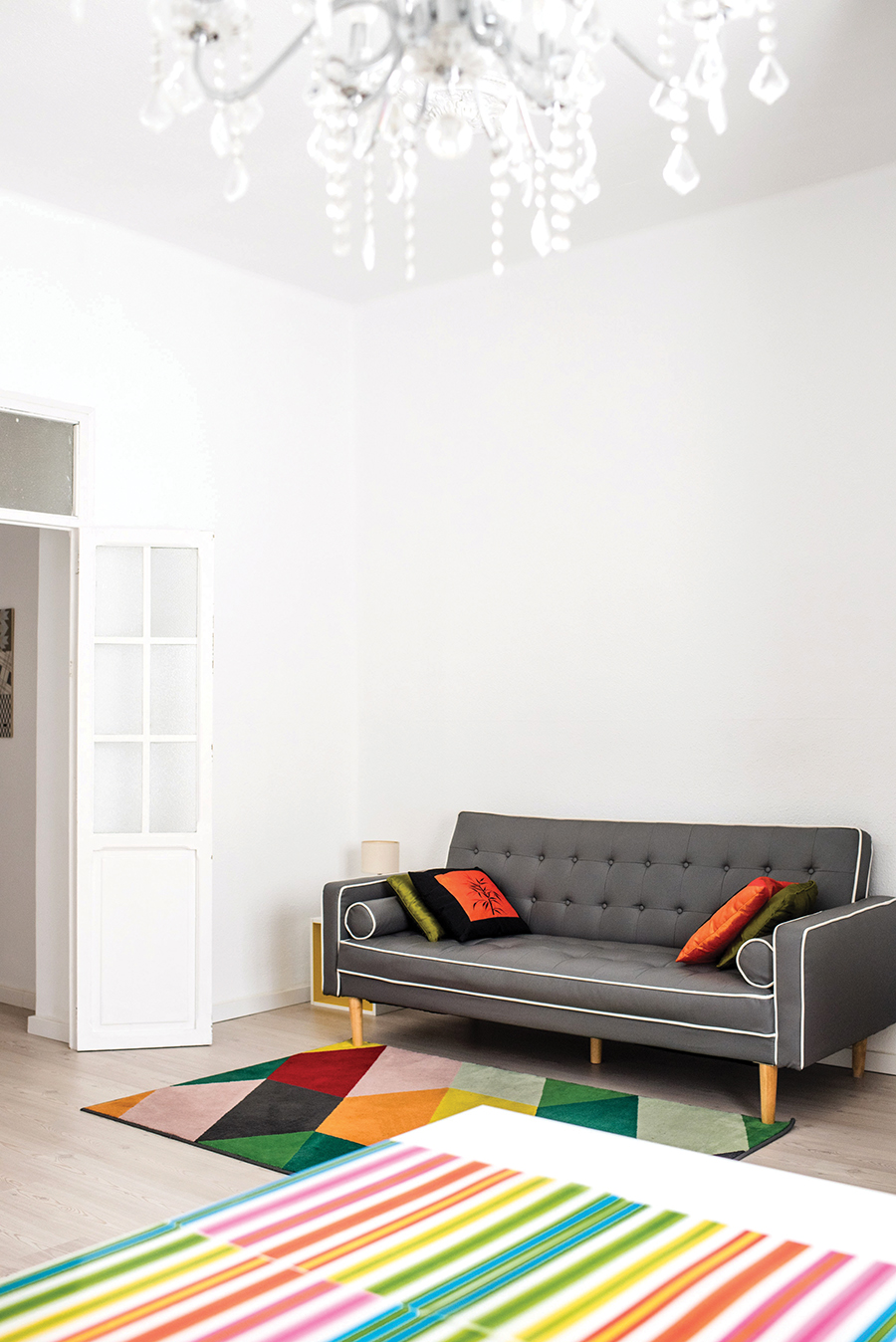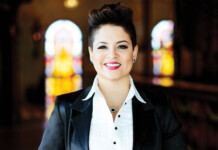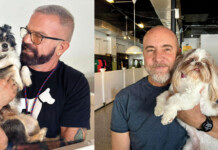
You know you want to redecorate your place, but you can’t pinpoint the style you want. This is a common problem and one Fort Lauderdale-based interior designer Derick Bolinder, of Derick Bolinder Interiors, is familiar with. He often has to go over popular design styles with clients to help them achieve their goals.
Hotspots spoke with Bolinder, who has 30 years of experience, to help us define 10 interior design styles.
Modern
“Modern is what is current, in a nutshell,” Bolinder said. “It’s what is classified at the current time as the current Modern home — like a smart house.”
He said in Modern homes you see a lot of clean lines, not many curved edges. A Modern style right now, as an example, is a waterfall edge countertop, which Bolinder said is very boxy and clean. Another example are 96” doors — doors that go from floor to ceiling.
“Modern is more in your face, not as welcoming,” he added.
Mid-Century
Bolinder said that Mid-Century design is about crisp lines.
“It’s using nature and the outdoors,” he explained.
Mid-Century architects opened up walls or added full glass walls. They utilized really strong structural beams and crisp and clean angles. “As a result, since you are seeing more of the outdoors, you are seeing into the home,” Bolinder added. For a Mid-Century look, organic furniture is often used, with a lot of leather and wood set in specific angles.
“The furniture is simple in its purity– very basic but still functional and beautiful.”
Minimalism & Maximalism
“Minimalism is stripping things down to the bare basics,” Bolinder said. “Everything is streamlined.”
With Minimalism, he said, a few pieces can be placed in a room and used almost as art. Minimalism is more of a pared down version of Mid-Century.
Maximalism is the opposite of Minimalism. It is more eclectic and vibrant. There is a mixture of patterns and texture.
Bolinder warned that “you can go overboard where it looks like junk” with Maximalism.
Scandinavian Style
Scandinavian style is about simplicity and functionality. A lot of woods.
“It is characterized by organic materials, clean lines and detailing,” Bolinder said.
The color palette includes blacks, whites, grays and blues — with the occasional splash of color. The furniture is rounded and organic. Bolinder said Bouclé chairs are the perfect example of this style. “It’s very cozy, but very clean still,” he said.
Industrial Design
Industrial design incorporates a lot of beams, columns, pipes, ductwork and a lot of concrete.
“A lot of hard materials,” Bolinder said. “It’s not a warm look.”
It embraces worn, recycled and salvaged pieces. For example, using wood from an old barn. He said this style has a lot of pop– like steely blue furniture juxtaposed with a white wall. “It’s in the style of a modern loft in Soho — everything is exposed.”
Contemporary Style
This style goes hand-in-hand with modern.
“It is also very current,” Bolinder explained. “It is always evolving and the palette changes like the wind.”
He said Contemporary is warmer than Modern.
“It is modern, but with softer lines,” he said. “It doesn’t feel cold, but still looks modern.”
He gave the example of people moving from granite to hard stones like quartz (man-made) and quartzite (the real stone) and people going from dark kitchens to white or greige kitchens.
Urban Style
Urban Style is grittier and has the vibe of the city. Designers are not afraid to experiment with unusual materials.
“It is a little more on the feminine side than industrial,” Bolinder said.
Unlike Industrial, a home’s brick wall would be painted instead of being left untouched and exposed. Another example of Urban is the use of neon signs as decor.
“Urban elevates and brings in feminine side to a cold industrial design,” he said.
Transitional Style
“Transitional style is kind of a fusion of everything,” Bolinder said. “It is a softer version of classic traditional — a marriage of traditional and contemporary modern.”
As an example, he said someone might use a traditional sofa, but pair it with a modern cocktail table. The furniture is a little longer, oversized, and features curved lines. The color palette is more neutral — taupes, tans and vanillas with featured walls.
Modern Farmhouse Style
Modern Farmhouse style is especially big in California.
“It brings a nostalgic charm from the countryside,” he said.
For example, dark chocolate brown window frames along a white wall. The style employs counterpoints, like making a rustic chandelier look modern or creating a rustic chandelier out of modern materials.
Eclectic
“Eclectic style is for people who are not afraid to break the rules,” Bolinder said.
It brings in elements from travel, things people grew up with.
“Someone might use a childhood toy as a piece of sculpture,” Bolinder said. Another example is a sofa that has been handed down through generations paired with something stylistically incongruent.
“It can be a grouping of different styles that make sense in chaos,” he said. “There is still a harmony and balance of material and colors, but it’s not a specific style.”
772-532-7357







